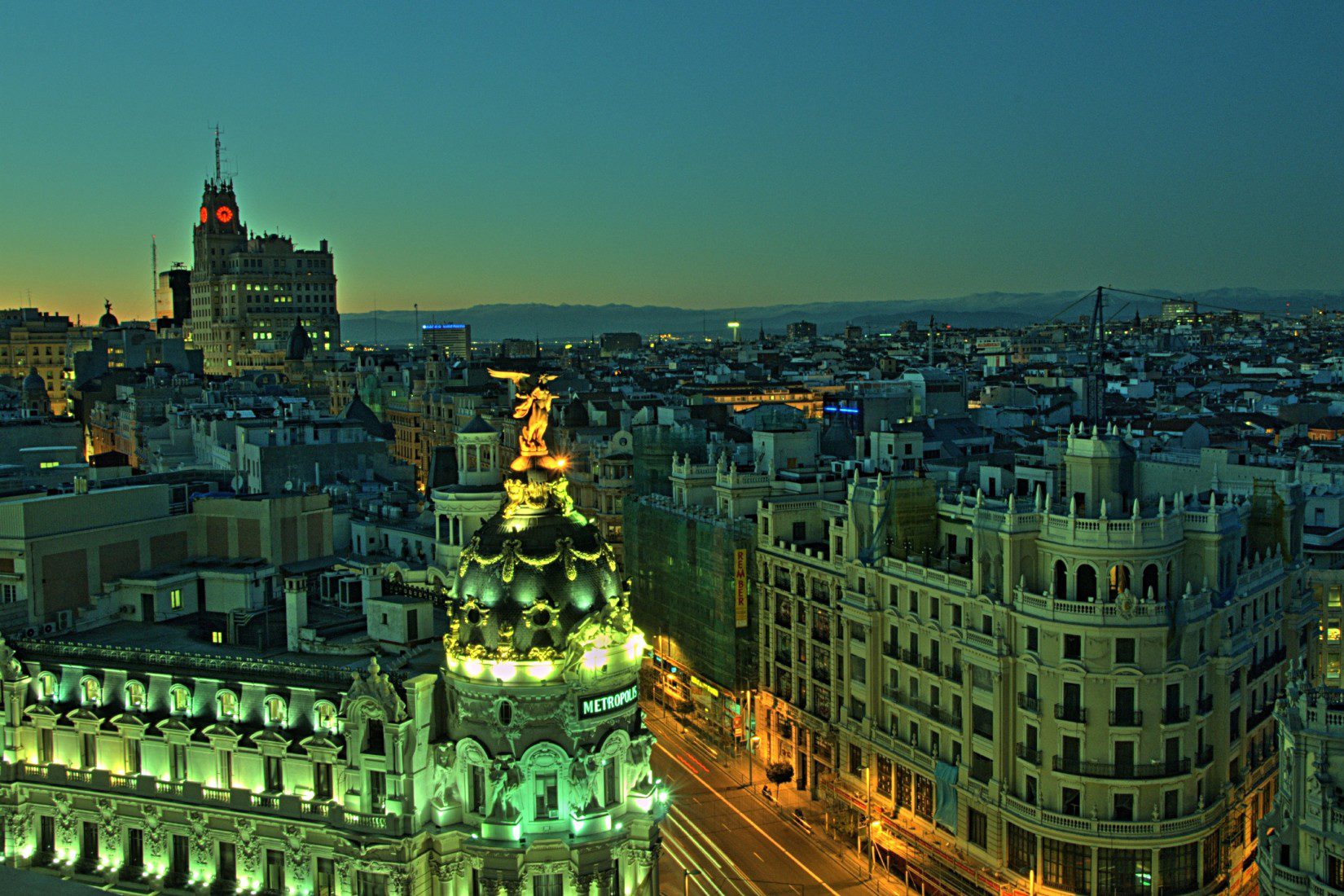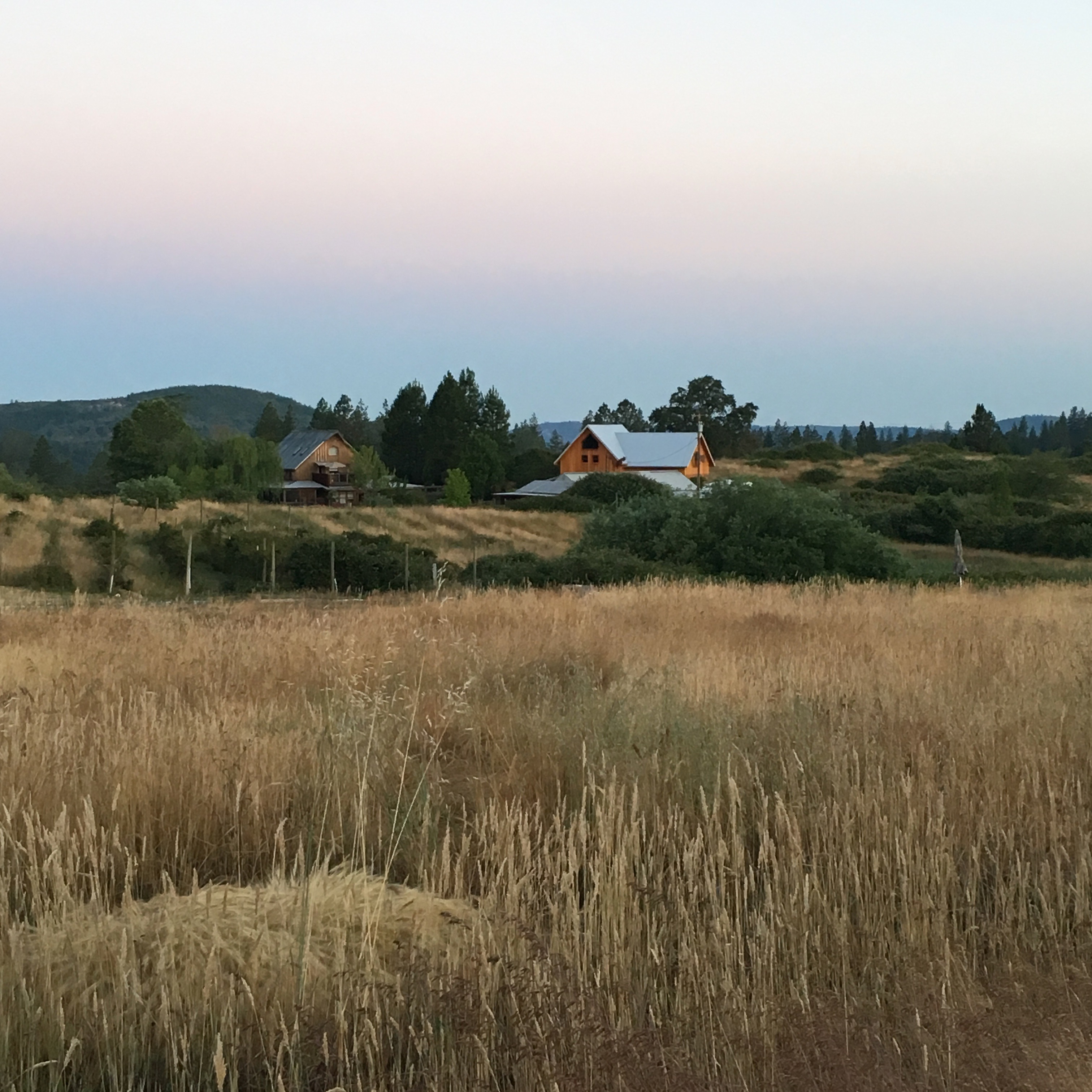Heat. We were back to the heat. When we had found out that our last project would be working in the Sierra Nevada at a Quaker Outdoor Education Camp (don’t worry I will explain), I felt an immense relief. Surely, in Nevada City, at the base of a large mountain range, we would benefit from chillier weather. This was not the case. And yet, in some ways our last project was my favorite. It certainly was when I was my happiest in the program.
Camp Woolman was a first time sponsor, which means that they had never had an AmeriCorps team before. We had been warned by other teams who had first time sponsors for earlier rounds that it can be a rough transition. Often the nonprofits are not prepared for having a team or don’t know what to do with you when you get there. The biggest problem is typically that there isn’t enough work, because people don’t realized how quickly a team of 12 18-24 year olds can complete a task that might have taken you months.
This was not the case with Camp Woolman. The camp had been founded in the 1960s as an environmentally-focused boarding school for Quaker teenagers. Most people, including myself prior to this project, think of the Quaker Oats guy when they hear the word. Yes, he was of the Quaker religion, but there is more to it than that. It is one of the nation’s oldest Christian denominations. Their main tenants are non-violence, silence, and non-hierarchy. Instead of sitting in a mass led by a priest or pastor, a congregation sits in silence for an hour, just meditating and thinking. If they feel moved to speak, they may share their findings with the group. I attended several services during my time there, and found it surprisingly relaxing.
“It impacted me more deeply than I had thought, and I am still practicing parts of Quakerism today.”
The camp had served as a boarding school until the early 2000s when it transitioned into a semester program for high school students in Northern California to spend a semester studying in nature and practicing Quakerism. Woolman had struggled with finances for many years and eventually was forced to abandon the semester program for a typical summer camp. However, what distinguishes the summer camp from the YMCA types, like the ones I attended as a child, is that instead of staying on the property, they leave for half a week to go hiking and backpacking in the Sierra Nevada. It is the sort of camp that I wish I had known about as a child, because I was never really the horseback riding and friendship bracelet making type.
Some other AmeriCorps teams were working as traditional camp counselors, but our purpose was to clean up the camp grounds and facilities. We were warned that it had become run-down and overgrown in recent years. We were not prepared for how much so.
We arrived in mid-May, arriving quite nauseous from all the winding roads through the foothills of the Sierra Nevada. Our first glimpse of the camp was disheartening. The grass was nearly as high as our heads, rusted scrap metal lie propped up against molding wooden sheds. The “swimming hole” turned out to be a couple feet deep pond that was scummy with seaweed and hot foam. Poison oak ran rampant, and ticks hopped up onto our socks and pants with such frequency that our team had mandatory tick checks every night.
Our first few weeks before the campers arrived were spent hectically building a new deck on the dining hall. It wasn’t done quite in time, but the finished product was beautiful, and we were all proud of it. At the beginning, we were living in the cabins, but once the campers arrived we were moved to a building called “Madrone,” which is a tree native to the Sierra Nevadas. This building was the single worst part of the entire project.
As we discovered, the Sierra Nevadas are not actually cool and crisp. They are hot, dry, and threaten forest fire every day. Most days were above 100, and often we started work at 6:30am to avoid working during the hottest part of the day. Madrone was a strange, strange building in that it was hotter inside than out. The building had been the academic building during Woolman’s boarding school days, but it was long abandoned by the time we got there. They were planning on tearing it down soon, but they figure we could get one last use out of it. Half of the building was filled with old, yellowing mattresses and children’s toys. In general, it had the feel of an old asylum. It had become sort of a catch-all dumping ground for things.
We lived in the cleared out side, boys downstairs, girls upstairs. Every day, the building would bake in the Sierra Nevada sun, trapping heat, and taking all night to cool down again. This meant that when we got back from work, the temperature in the upstairs was 110. This is not an exaggeration. I measured one day. The weekends were the most trying because there was nowhere to just sit and relax, because none of the buildings had air conditioning. Shoutout to Starbucks for always being there for us with the wifi and AC.
My friend Kim and I ended up sharing a tent in the front yard of the building. We’d had enough heat during Coachella, and frankly the building gave us the creeps. This turned out to be the best choice we made all year, because one of our teammates woke up to a rat on her face.
It also worked out because Kim and I had decided, rather stupidly, to run a half marathon. No, there was no scheduled half marathon. We just decided to make our own. To avoid the afternoon heat, we woke up every morning at 4 am to get 7 or 8 miles in before work. There were moments when it was so hot and exhausted that I nearly vomited on my run or was so tired that I didn’t notice oncoming traffic. And yet, somehow, it was one of my favorite memories not just of AmeriCorps, but of my life.
I saw a mother fox and her kits, a full-grown buck with a giant rack of velvet antlers, and strays cats during those mornings. We would be just starting on our second or third mile when the sun came up, and we would be halfway done by the time we reached the natural spring that provided us our water. Some days we were so tired we just listened to our music in silence, but other days we talked about anything and everything between our stifled panting. I miss those morning more than anything, and I have only now just begun to realize how much they meant to me. How much the whole project meant to me. When we finally ran the half marathon, two of my teammates set up a fake finish line with caution tape and had snacks and a bullhorn to announce our finish. Kim had surprised me with a real medal that she ordered for the occasion. I cried because I hadn’t noticed how much I was coming to love my AmeriCorps family along the way.
“Half of the year I had been complaining to my mom on the phone and counting down the days. But once I was within thirty days of the end, I felt myself backpedaling, trying to slow down the days any way I could.”
As for the work, it was chaos nearly every day, but I loved it. I loved never knowing what I would be doing in any given day, which is contrary to my usual preference for orderly planning. One day I could be removing poison oak from trails, the next painting a house, and the day after that chasing bats from the undersides of the cabins. At one point, I contracted poison oak so bad from trail maintenance that I had to wait at the local clinic for 5 hours to get a steroid cream.
There were a few particularly insane projects. On one day, some people on my team had to fill an industrial dumpster with trash from around the camp, of which there was quite a bit. Some highlights include a toilet, several desks, and spare car parts. My friend Alecia and I scraped paint from the insides of plastic buckets for two days straight. My fingers smelled of paint thinner for a week.
But the best project was the one in which I was able to work with my 3 best friends on the team to carpet an office space. None of us had any carpeting experience, but we jumped in nonetheless (which could be said of everything we did in AmeriCorps) In one day, we moved the furniture out of the room and tore up the carpet, but under the carpet there was a thick layer of glue. According to the Internet, which was our sole consultant in this endeavor, we had to scrape the glue off before we could put down another layer of carpet glue and the new carpet.
We thought, how hard could this be? The answer: very, very, hard. We had neither the proper tools nor the expertise to do it efficiently. It took us 2 weeks of scraping with any sharp edge we could find—brick layer, flathead screwdriver, metal spatula. We blasted a playlist every day made up of the strangest of all of our music tastes to distract us. It was miserable, but in a fun way. I feel that half of you are going to understand what I mean when I say this and the other half not at all. I suppose it was fun because we were comrades in our misery, which I think is how I would describe my AmeriCorps experience in general. “It was miserable, but it was fun because we were together.”





